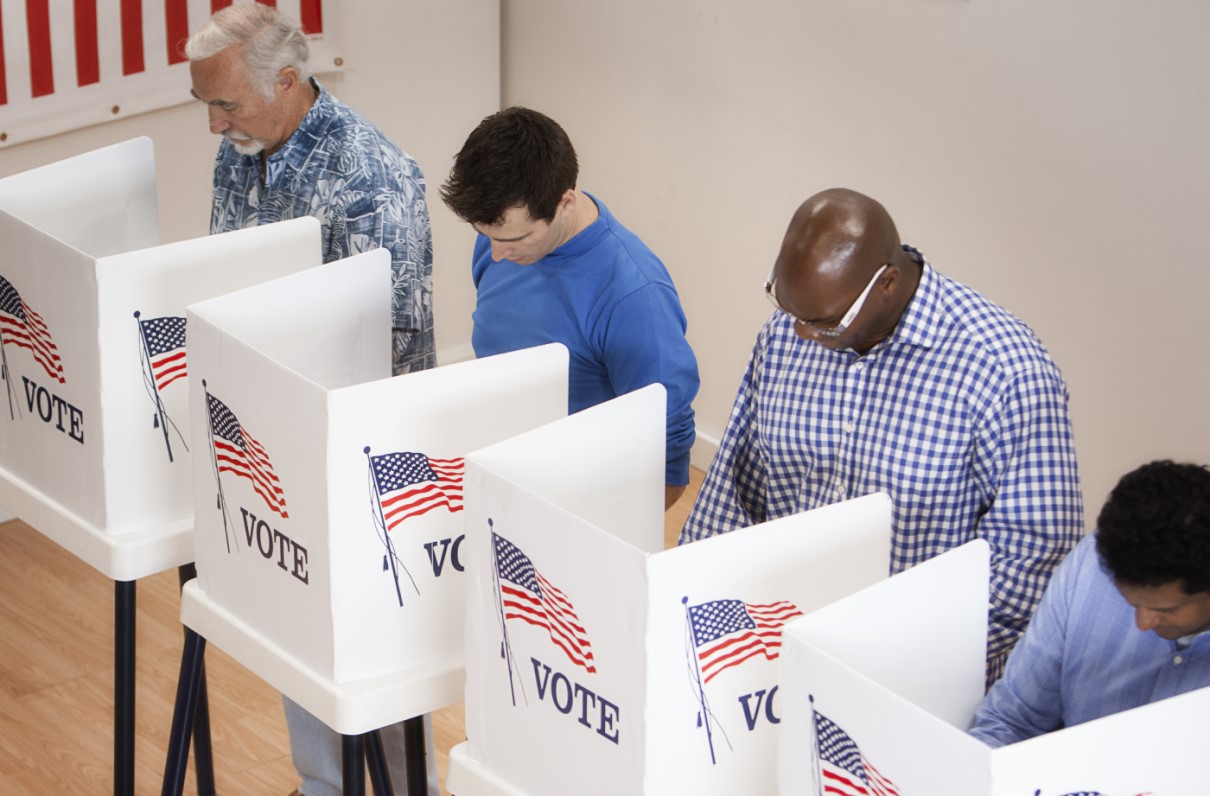Once your ballot has been cast on ( or before) Election Day, there's little left to do other than sit back and watch the results come in.
Unfortunately, that's more complicated than it seems. Web surfers and TV viewers eager to keep up with election news and ballot counts can find themselves buried by red and blue maps, surrounded by “breaking news” banners, and skimming through enough charts and graphs to make you swear off math entirely. Even worse, you may stumble upon partisan outlets that aren't giving the full story, or are more concerned with the “horse race” aspect of the midterms than what the results will mean to servicemembers, veterans, and their families.
So here's a quick MOAA primer on what to know, where to look, and how to watch the results come in, plus some military-themed midterm notes you may not know.
1. Opening salvo. Some polls in Indiana close at 6 p.m. Eastern time, the earliest in the nation. About a half-dozen veterans are running for seats in the House of Representatives in Indiana: The state's fourth district features two Army veterans, Tobi Beck and Jim Baird, while the sixth district features Marine Corps veteran Greg Pence, brother of the vice president and uncle to another Marine of note.
2. Veteran trackers. Military Times has compiled a list of more than 170 veterans on the ballot this Election Day. The advocacy group With Honor has an even larger list, including third party, independent, and write-in candidates.
[RELATED: Midterm Elections Could Bring a Big Shift in Power]
3. That's a lot of veterans! True, but the number of legislators who've served has dropped drastically in recent years, just as the overall number of veterans has fallen. The trend slowed in 2016, with an influx of veterans on the ballot taking the place of those who'd retired or lost their seats. About one-third of new voting members of Congress had some military experience after that election cycle, according to an AEI report.
4. Get social. Follow MOAA on Twitter during the election news cycle for updates on some of the races involving veterans. After the votes are counted, stay with MOAA on Twitter and Facebook for what the results will mean to you. MOAA remains nonpartisan, and has worked with, and will continue to work with, members of all parties in an advocacy and educational role to support servicemembers past and present, and their families.
5. Magic numbers. The party with 218 seats in the House of Representatives after the election dust settles will earn the majority spoils, most notably the ability to control the speakership and committee-chair selection processes.
The Senate math is easier (51 seats out of 100), with the Republicans having the tiebreaker in the person of Vice President Mike Pence. The GOP has a 51-47 edge at present, with the body's two independent members, Bernie Sanders of Vermont and Angus King of Maine, caucusing with the Democrats.
6. Staying up late. While media outlets will call some races early in the night, a clear picture of the new legislature might not come until the morning, if then. The Cook Political Report rankings on Oct. 23 had 30 seats listed as “Toss Ups,” and many races polled down the home stretch showed candidates separated by razor-thin margins.
7. Closing time. Hawaii's polls close at 6 p.m. local time, and Alaska's voting shuts down at 8 p.m. local time … which both translate to midnight Eastern. Politics-tracking night owls may be familiar with Hawaii Democratic Rep. Tulsi Gabbard, an Army National Guardmember who deployed in support of Operation Iraqi Freedom, and Alaska Republican Rep. Don Young, an Army veteran who has served in the House for more than 45 years - longer than any other active legislator. Army veteran Cam Cavasso will run for a House seat in Hawaii four years after losing a bid for Senate.
